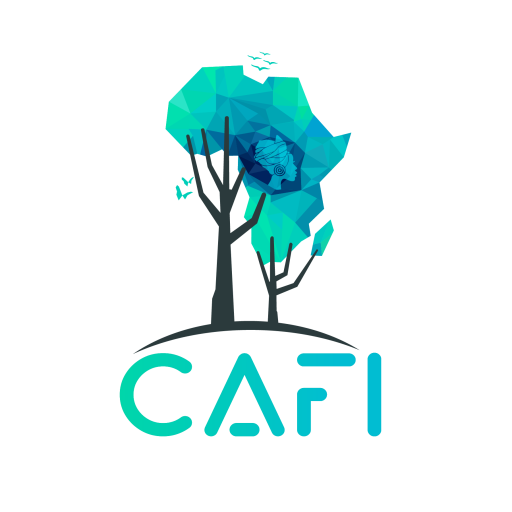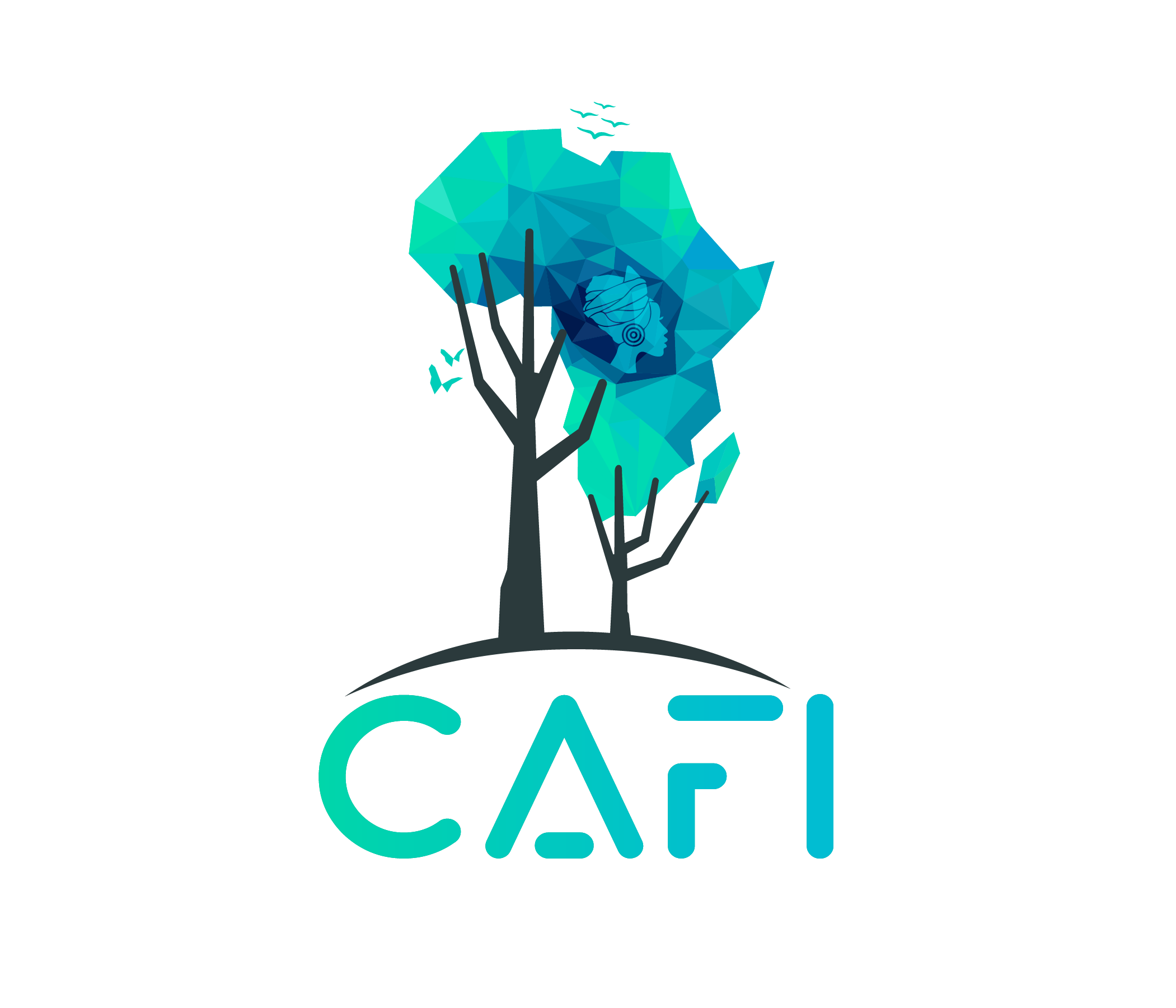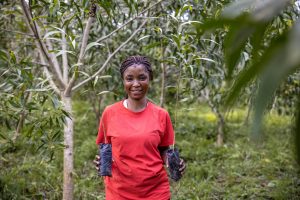Exploring options through policy dialogue and feasibility studies in a country that advances its REDD+ agenda despite instability & limited resources
Heavily impacted by politico-military crises, the Central African Republic (CAR) is one of the poorest countries in the world, with economic and social development hampered by years of intermittent armed conflict. Deforestation and forest degradation, the main source of greenhouse gas emissions, remain relatively low (see graph here), with the exception of the outskirts of urban centres. However, forest loss and degradation are expected to increase as the peace process and economic development progress.
In this pivotal period, the partnership with CAFI seeks to support the country’s recovery on a low-carbon sustainable development path. The CAR’s National Investment Framework (NIF) for REDD+, developed with CAFI’s financial support, emphasizes the need to adopt a more integrated approach to sustainably pull CAR out of the crisis it is experiencing.
Thus, the NIF advocates for the implementation of an approach that strengthens the central and deconcentrated administrations and local communities, while simultaneously implementing operational investments for the benefit of local actors. These can be replicated on a large scale, following the spatial progression of the reconciliation process.
Parnership at a glance
The Central African Republic’s dense humid forests are split into one massif in the southwest and the Bangassou forest in the East. They harbor exceptional biodiversity including 208 mammal species, 698 bird species, 25 reptiles and hundreds of tree species amongst which some are endangered or vulnerable.
45% of the population suffer from food insecurity, and 59% lives in conditions of intense deprivation.
hectares of dense tropical forests
%
rank in 2020 Human Development Index, out of 189
%
of the population was in extreme poverty in 2020
%
of the population depends on fuelwood for energy
US $ of funding from CAFI through 2 grants
investments axes and 3 pilot territories
CAFI aims to support the Central African Republic at two levels:
- At the central level: in the implementation of major reforms that it has undertaken, notably on decentralization – a central element of the peace agreements, land use planning, land tenure, etc. – with a view to laying the foundations for the sustainable development of a country in a reconciliation phase;
- At the local level: in a balanced development of territories that reconciles economic and social development with the preservation of forests and natural resources. Three initial territories have been identified: (i) Bangui and its periphery, where ecosystems are particularly threatened to meet the needs of the capital’s population, (ii) the complex of protected areas of Dzangua Sangha, Mbaere Bodingue Park, Ngotto forest, which includes forests with High Conservation Value and valuable natural resources (gold, diamonds, timber, etc.) and (iii) the Bangassou forest, which, being far away from the capital, is under significant pressure for the needs of vulnerable local populations.



